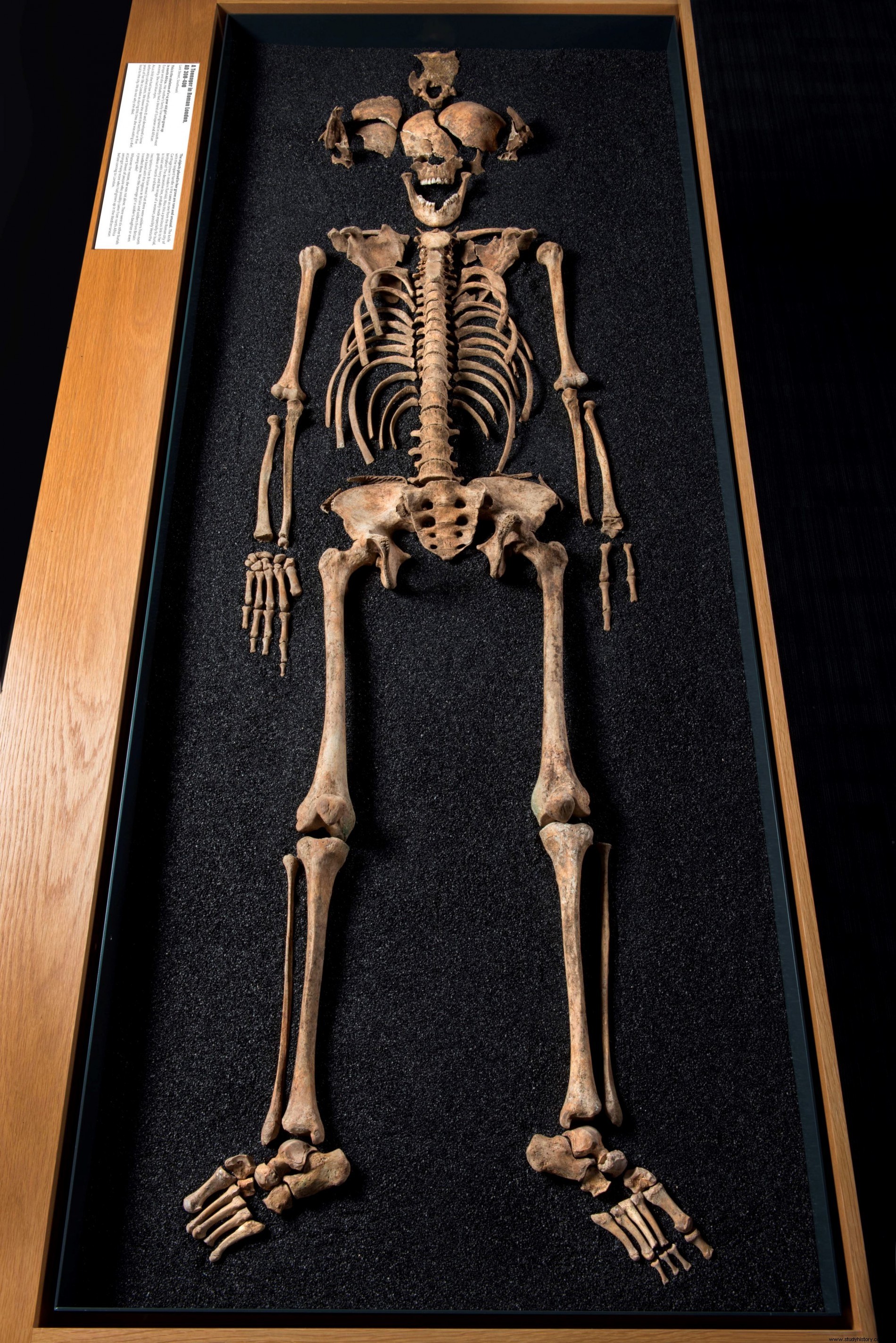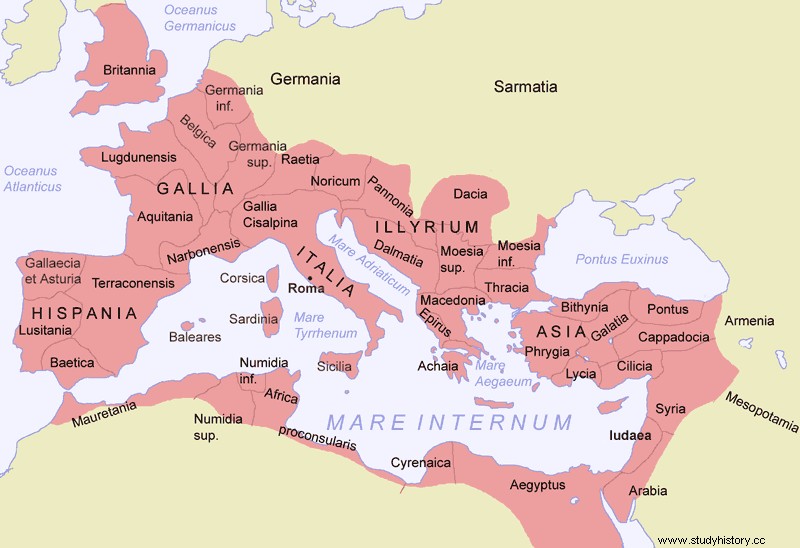 Two skeletons of Asian descent have reportedly been unearthed in a Roman cemetery in London.
Two skeletons of Asian descent have reportedly been unearthed in a Roman cemetery in London. CHINATOWN. Could Asian travelers have ended up in London (Londinium), then capital of the Roman province of Britain (Britannia ), at the time of the Caesars? This is the unexpected scenario that the discovery of bones brought to light in a Roman necropolis from the 2 th seems to draw at IV th century located at Lant Street in the Southwark district, south of the city. The examination of 19 skeletons out of the 22 exhumed would indeed suggest the presence of two individuals from China according to an article published in the Journal of Archaeological Science . Something to surprise specialists who were unaware until then that populations from the Asian Far East may have had direct contact with the Roman Empire.
 One of 22 human skeletons discovered in London's Lant Street Roman Cemetery.
One of 22 human skeletons discovered in London's Lant Street Roman Cemetery.
"L are two remains proved close of Chinese and Japanese populations of the 19th th century “, thus assured the head of the excavations, the archaeologist Rebecca C. Redfern of the Museum of London, joined by Sciences et Avenir. To achieve these results, the expert carried out with her team isotopic analyzes of the strontium and oxygen present in these human remains, in addition to studies of cranial morphology. The isotopes found in dental enamel are indeed a marker making it possible to identify the geographical mobility of individuals:their presence has made it possible to establish that 6 individuals had spent their childhood under skies other than those of the British capital:four among them were thus from North Africa, a region with which the empire maintained close ties; and two, therefore, from "China".
 Map of Roman Empire boundaries.
Map of Roman Empire boundaries.
Who could these individuals be? "They could be descendants of populations that - for one reason or another - ended up inside the Roman lime, the imperial border ". Certainly, in the II th century of our era, the Romans were not unaware of the existence of China, the very distant and enigmatic Serica, but the contacts never seemed to have been established directly (apart from two possible cases in 166 of our era):c It was primarily through the Parthians (Persians), with whom the Romans traded, that luxurious silks were brought to Rome via the "Silk Road". These also passed through India and Central Asia, which the Romans had also known since the Greek hero, Alexander, had visited there five centuries earlier. If true, the presence of "Chinese" in the Roman colony of Britannia , could partially challenge this global trade map.
Caution is therefore still required among specialists. “The comparative processes used by forensic anthropologists to establish geographical provenance also have their limitations . Bias may have been introduced in the interpretation of morphologies , said the American Kristina Killgrove, bioarchaeologist at the University of Florida (United States). Only genetic analysis will tell if they are really "Chinese". Chinese sufficiently distant and mysterious for Pliny (I er -II e century), the famous Roman author, who had obviously never seen any, described them… with red hair and blue eyes!
When Rome invaded England
After two unsuccessful attempts by Caesar (55 and 54 BCE), Emperor Claudius finally succeeded in invading Britannia (Insular Britain) in 43 CE. Under the fallacious pretext of coming to the aid of an allied kinglet, the emperor had managed to land on the island several of the most powerful legions of Rome (II
e
Augusta , IX
th
Hispania , VI
e
Victrix , the XIV
th
Gemina and the XX
th
Valeria Victrix ) as well as their auxiliary troops consisting of non-Roman mercenaries. That is 40,000 men dropped off at Dover by the fleet to take control of England and Wales. Ancient Britannia will be occupied by the Romans until the V
th
century of our era.
